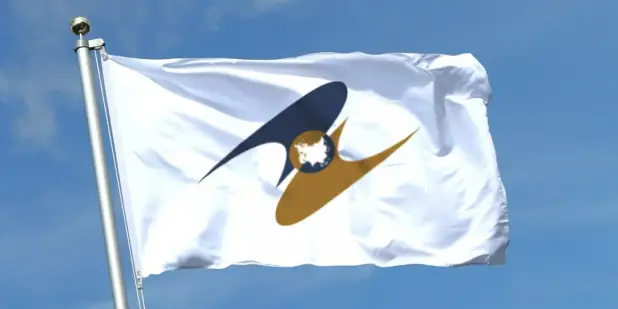EAC Certificate: Your Ticket to the Eurasian Markets
In global competition, access to new markets is crucial for the success of businesses. The EAC certificate plays a central role in this, especially when it comes to entering the EAEU markets, which include Russia, Belarus, Kazakhstan, Armenia, and Kyrgyzstan.
What is the EAC Certificate?
The EAC certificate is proof of quality and safety for products entering the market of the EAEU states. It confirms compliance with technical regulations and guarantees both consumers and authorities that a product meets strict EAC standards.
Why is the EAC Certificate Important for Your Business?
1. Market Access: With an EAC certificate, your products gain effortless access to a market of over 180 million consumers. EAC certification significantly facilitates the customs clearance process, reduces entry barriers, and positions your brand for success in the Eurasian region.
2. Consumer Trust: The EAC certificate is a symbol of quality and safety. In an era where consumers prioritize these factors, affixing the EAC marking on your products can significantly enhance trust and credibility, providing you with a competitive advantage.
3. Legal EAC Compliance: Navigating the complex web of international regulations can be daunting. The EAC certificate ensures that your products meet the requirements. This saves you potential challenges and ensures a smooth market presence.
Integration of EAC Certification
Integrating EAC certification into production processes is crucial to ensure that the manufactured products comply with the requirements of the EAEU states.
Here are some steps to consider during certification:
1. Early Planning and Training: Start the EAC certification process early and ensure that your team has the necessary knowledge. Training on EAC requirements is essential to ensure that all parties understand compliance.
2. Product Development Considering Requirements: Integrate EAC requirements into the product development phase. Ensure that your design team is aware of the specific EAC standards and addresses them when developing new products.
3. Documentation and Quality Assurance: Implement robust quality control procedures. All relevant documents, test results, and declarations of conformity should be carefully maintained to provide proof of compliance when needed.
4. Compliance Officer: Appoint a compliance officer in your company. This person is responsible for monitoring and implementing all relevant activities and ensuring that all products comply with regulations.
5. Audit Preparation: Continuously prepare for audits by conducting internal reviews. Regular internal audits ensure that all processes and documentation are up to date and compliant.
6. Supplier Relationships: Communicate clearly with your suppliers. Ensure that they are also EAC compliant and can provide the necessary certificates and documentation.
7. Technical Documentation: Create comprehensive technical documentation for each product. This should include all relevant information necessary to meet EAC requirements.
8. Risk Management: Implement an effective risk management system. This helps to identify and address potential issues related to EAC compliance early on.
9. Continuous Improvement: Establish a process for continuous improvement. This includes reviewing feedback, adjusting processes according to changes in regulations, and implementing best practices.
10. Ongoing Monitoring: Keep track of changes in EAC requirements. Legislation may change, and it is important to ensure that your production processes continuously meet current standards.
The seamless integration of EAC certification into production processes requires commitment at various levels of the company.
Through careful planning, training, and the establishment of effective processes, businesses can ensure that their products comply with the requirements of the Eurasian Economic Union and can be smoothly introduced into these markets.


